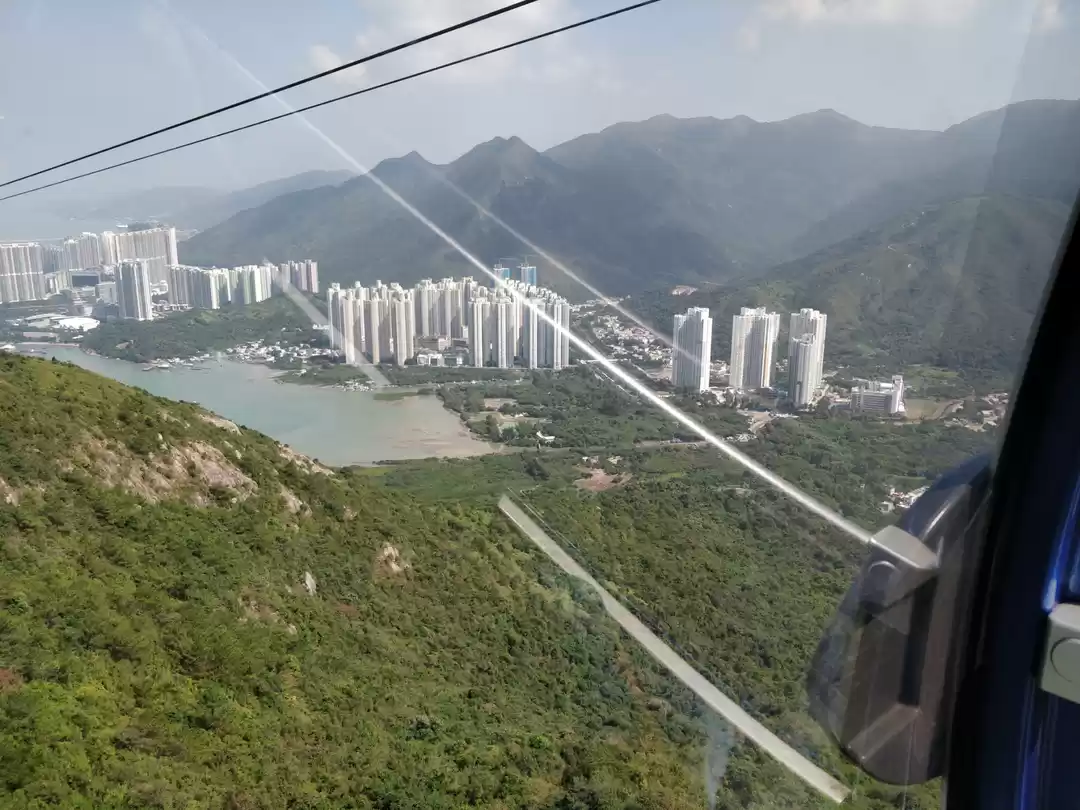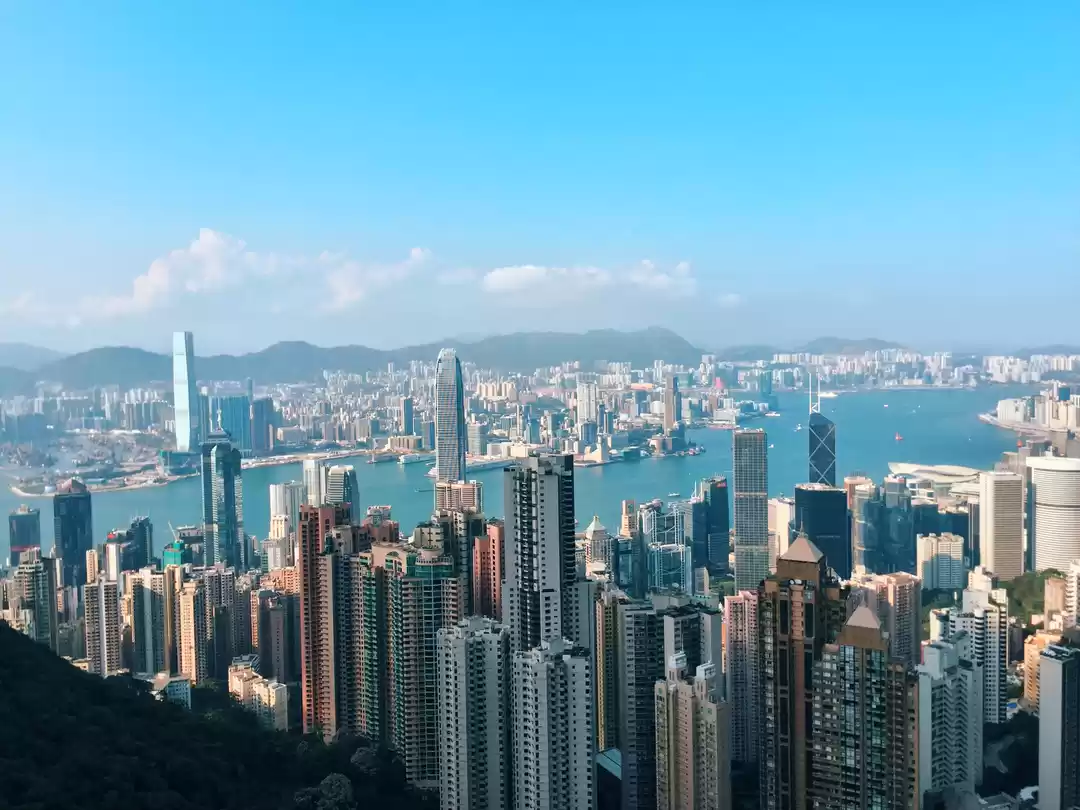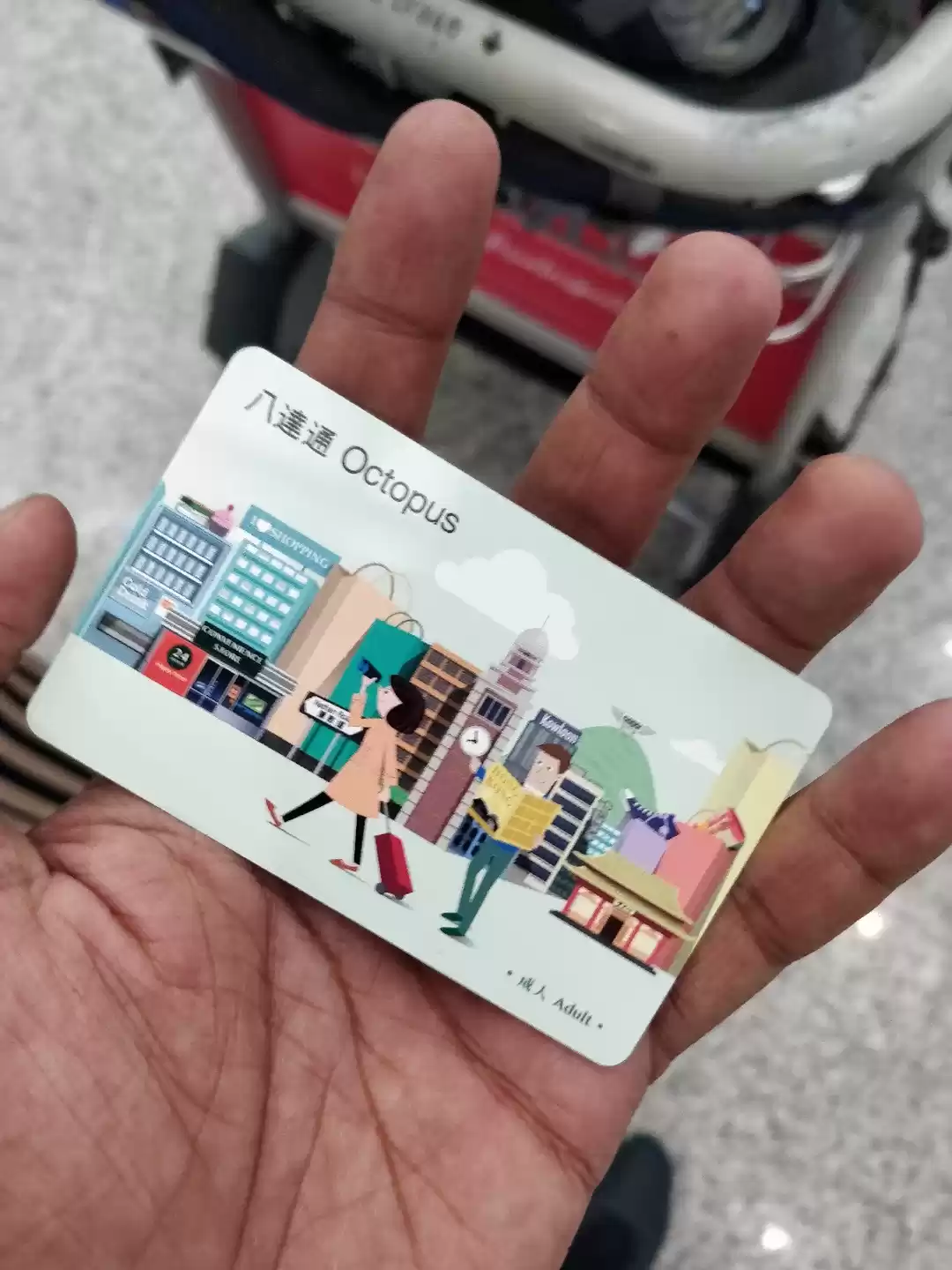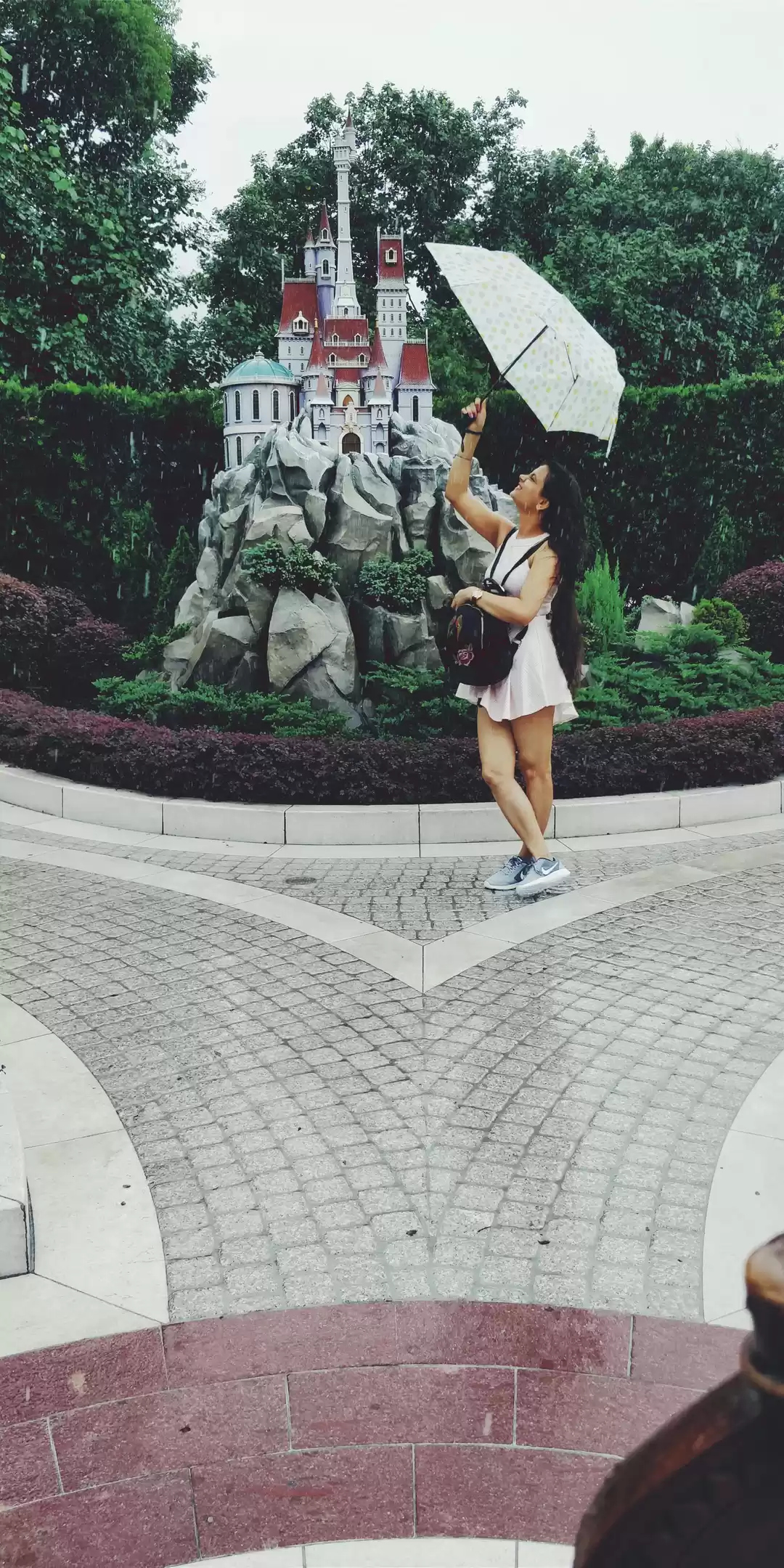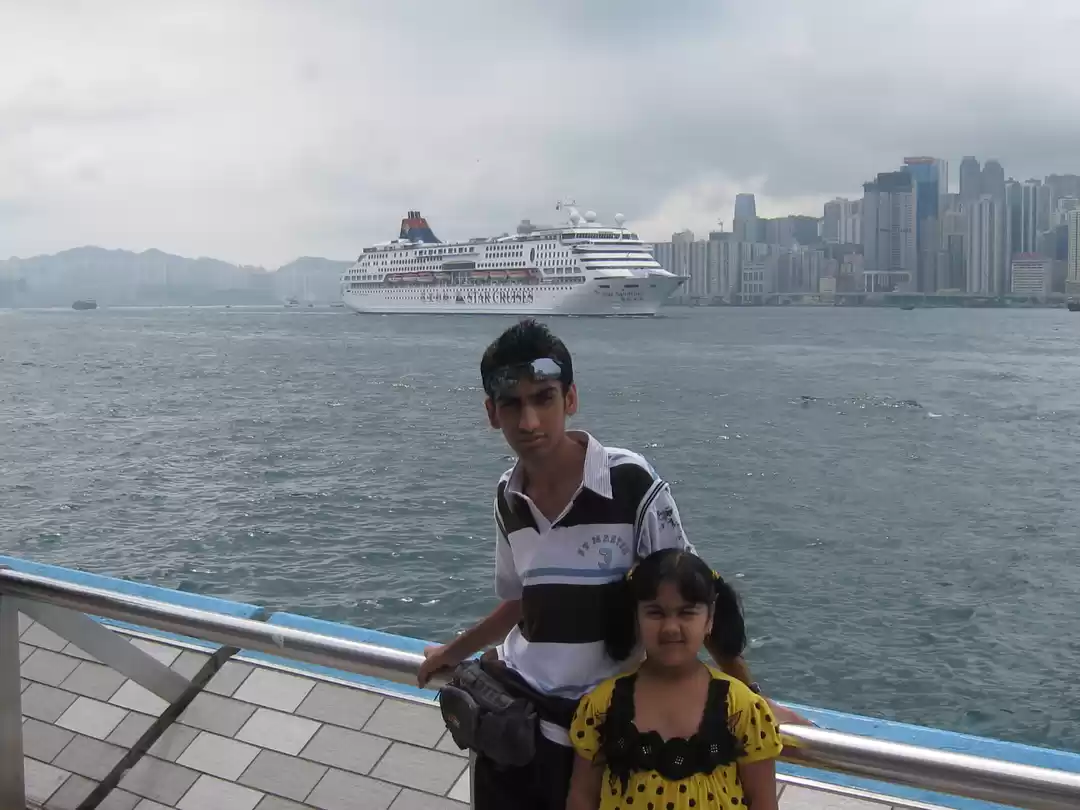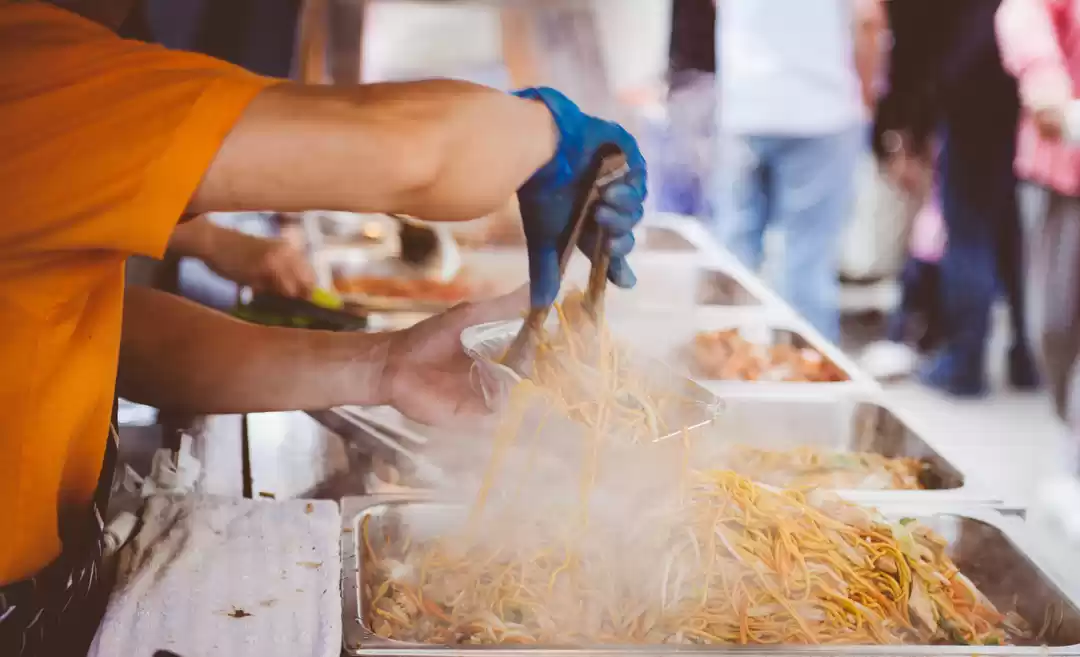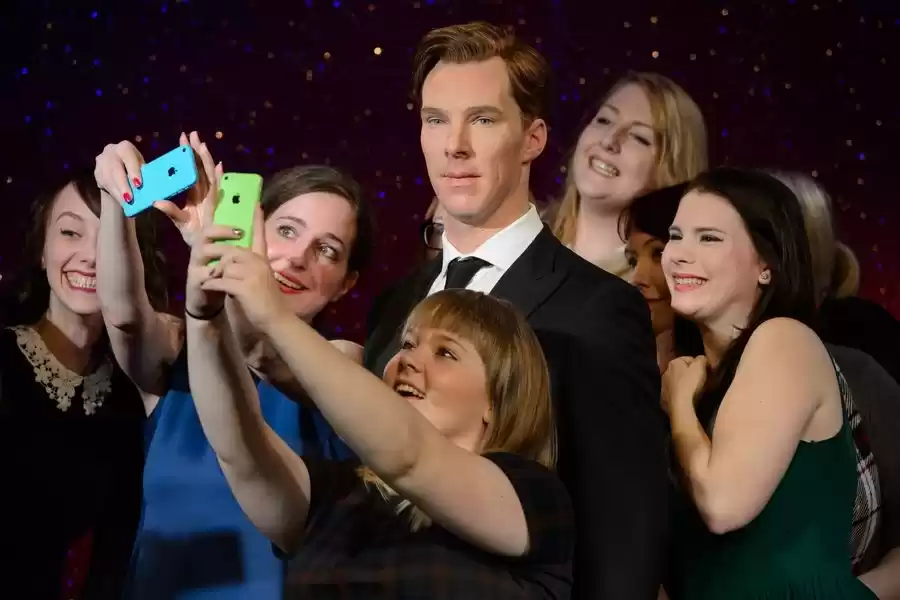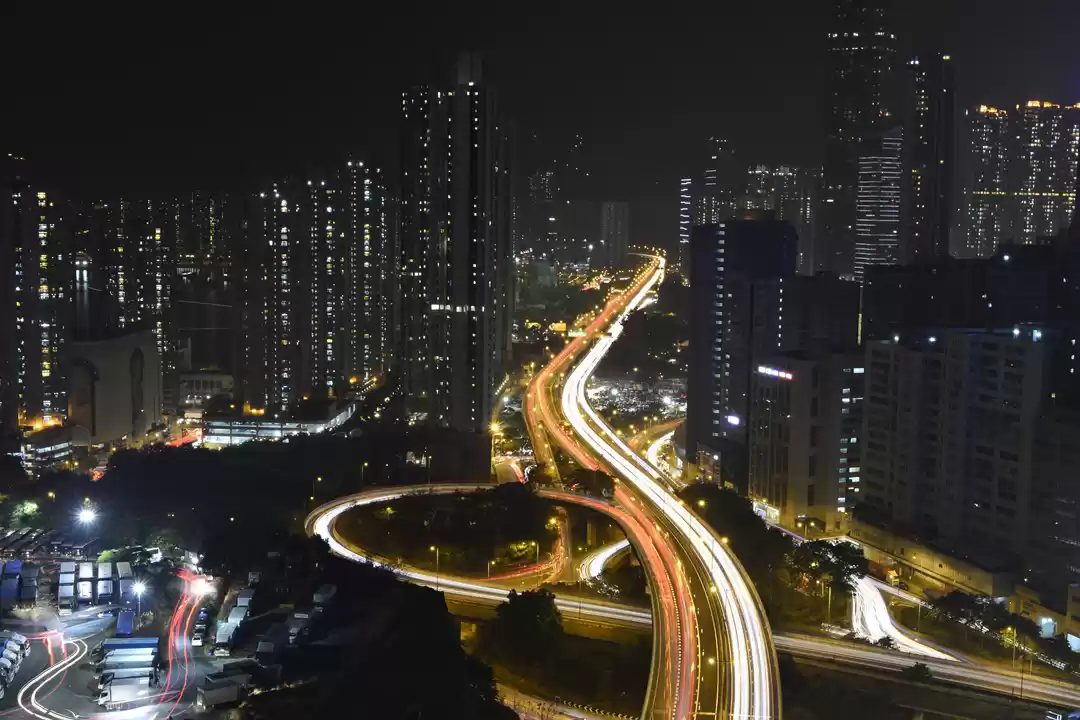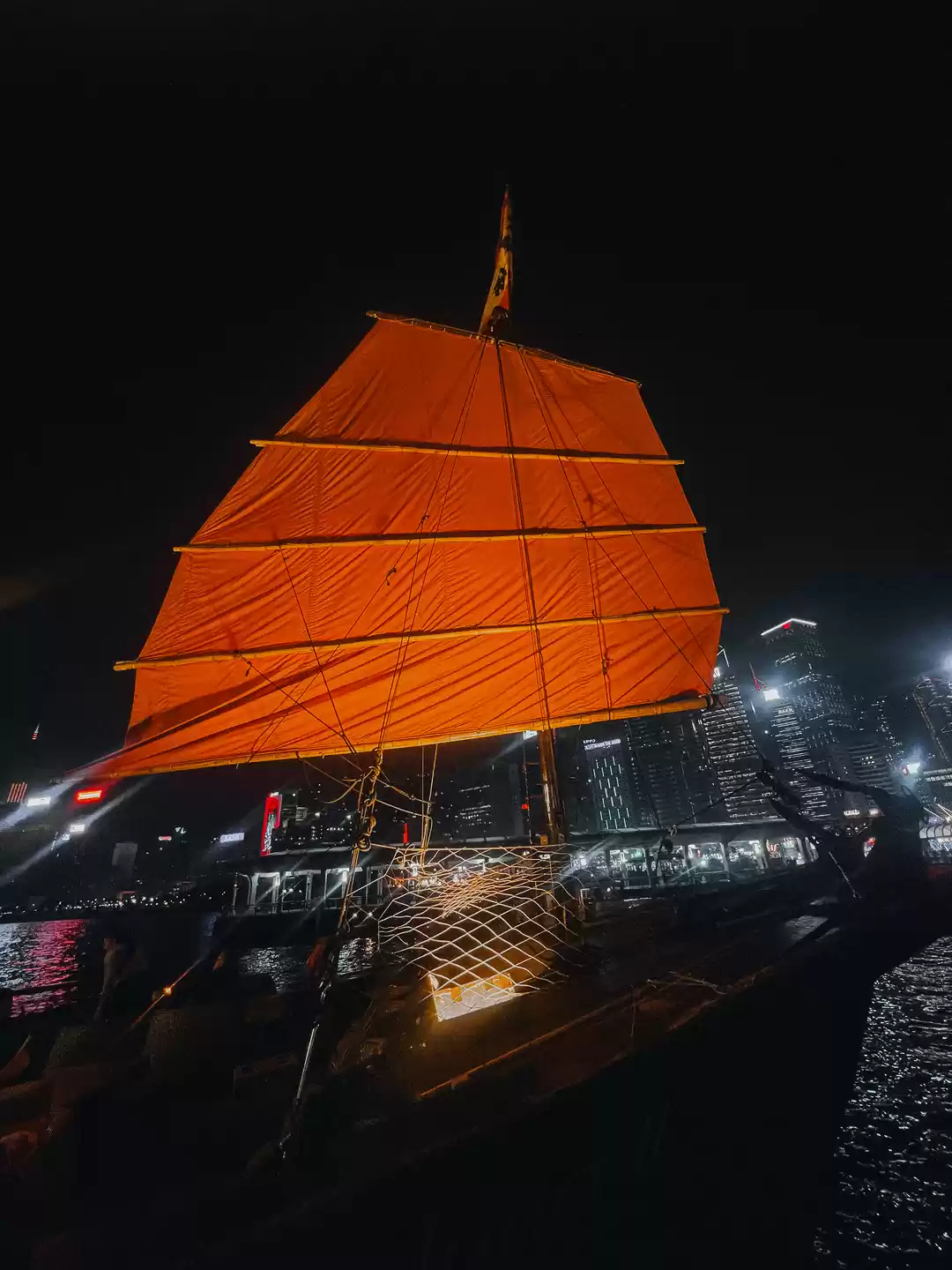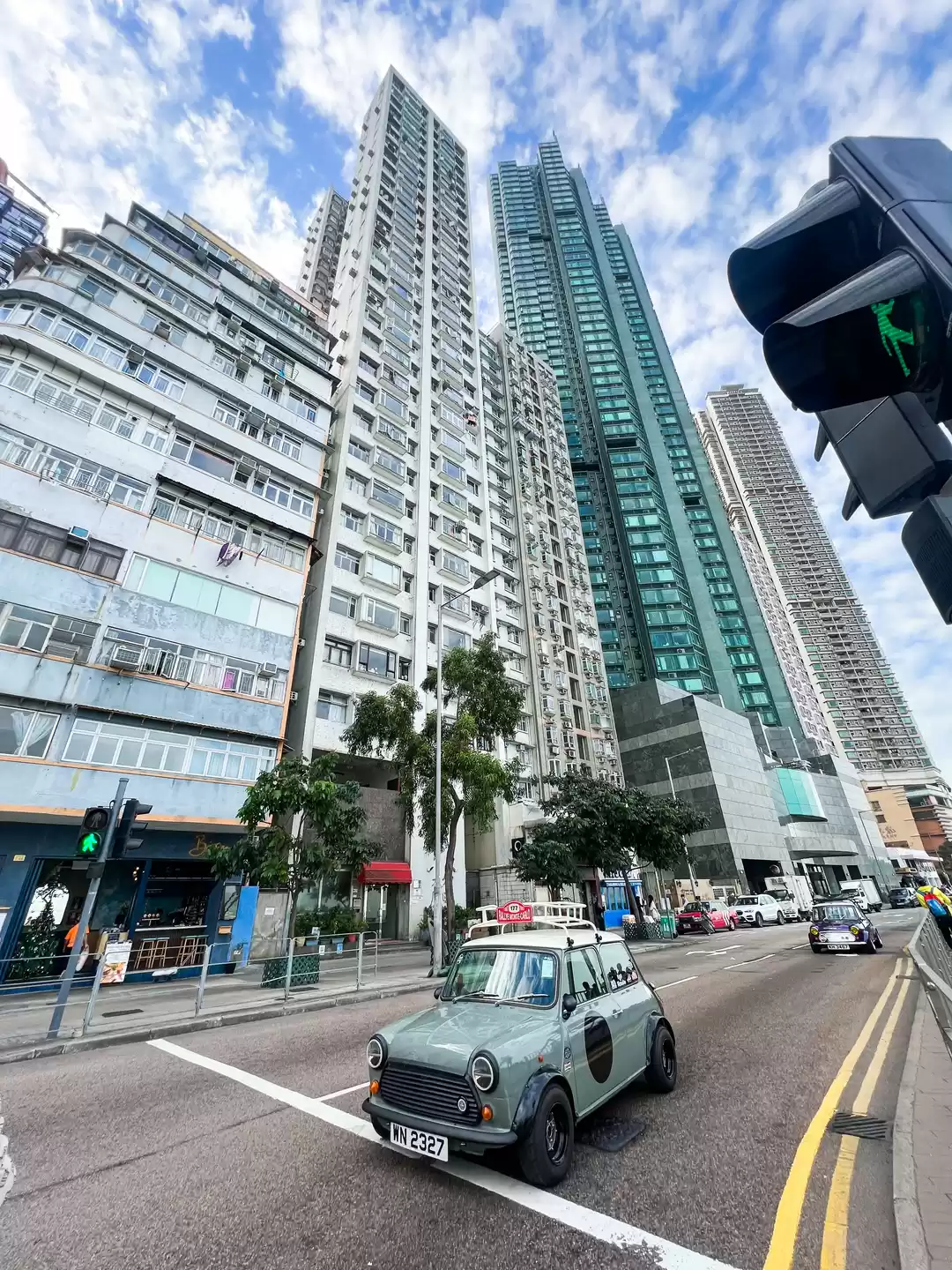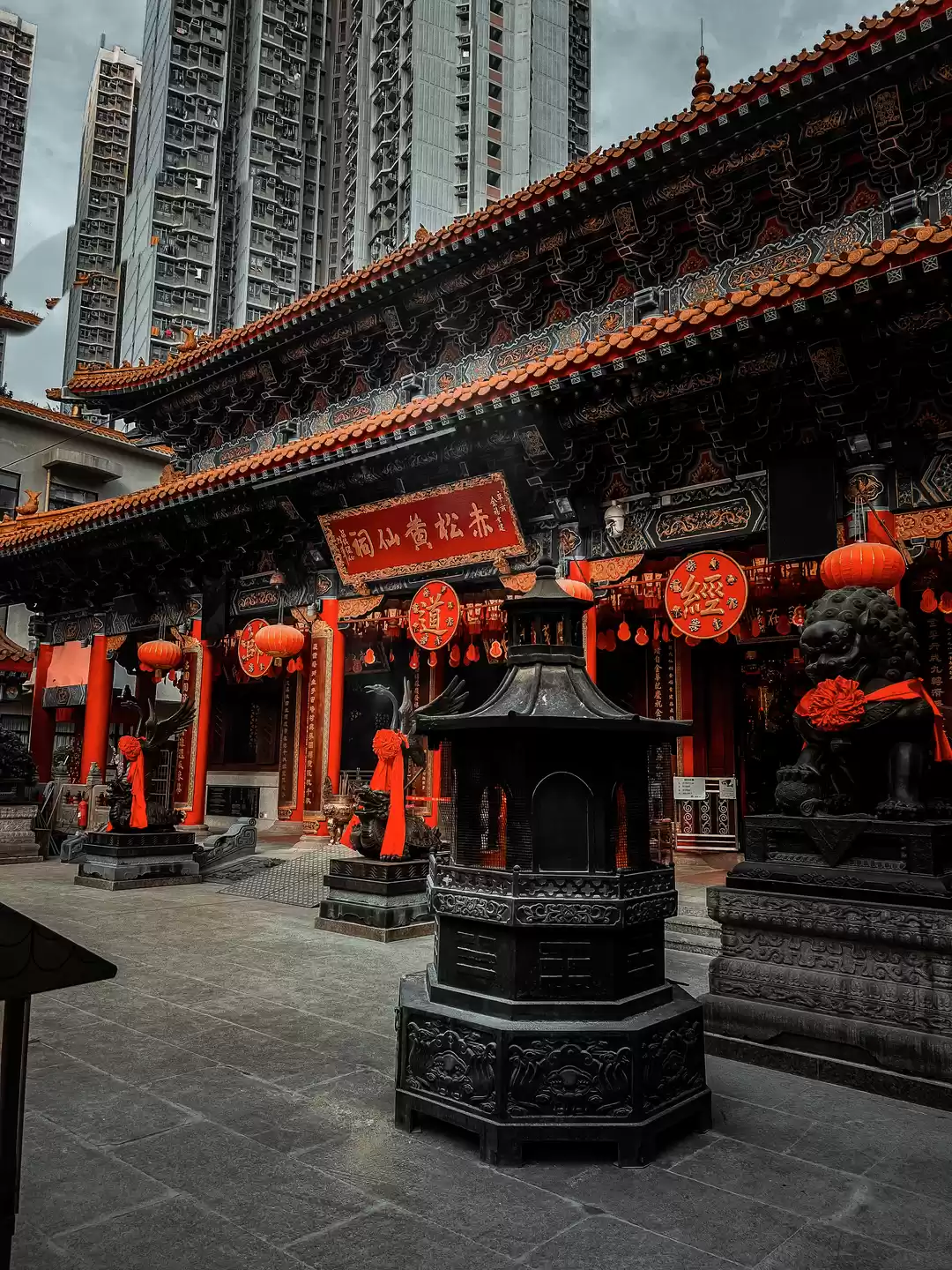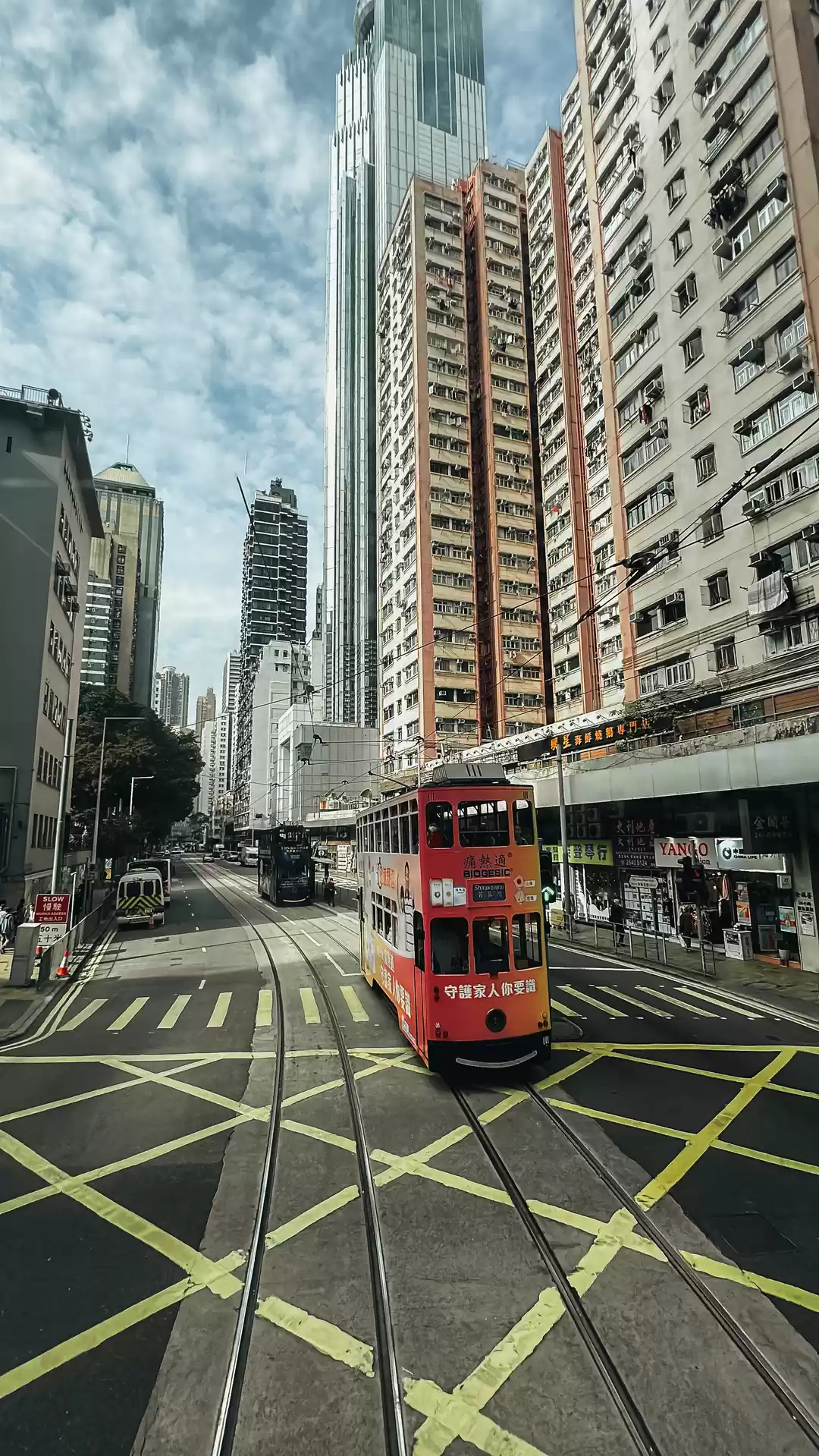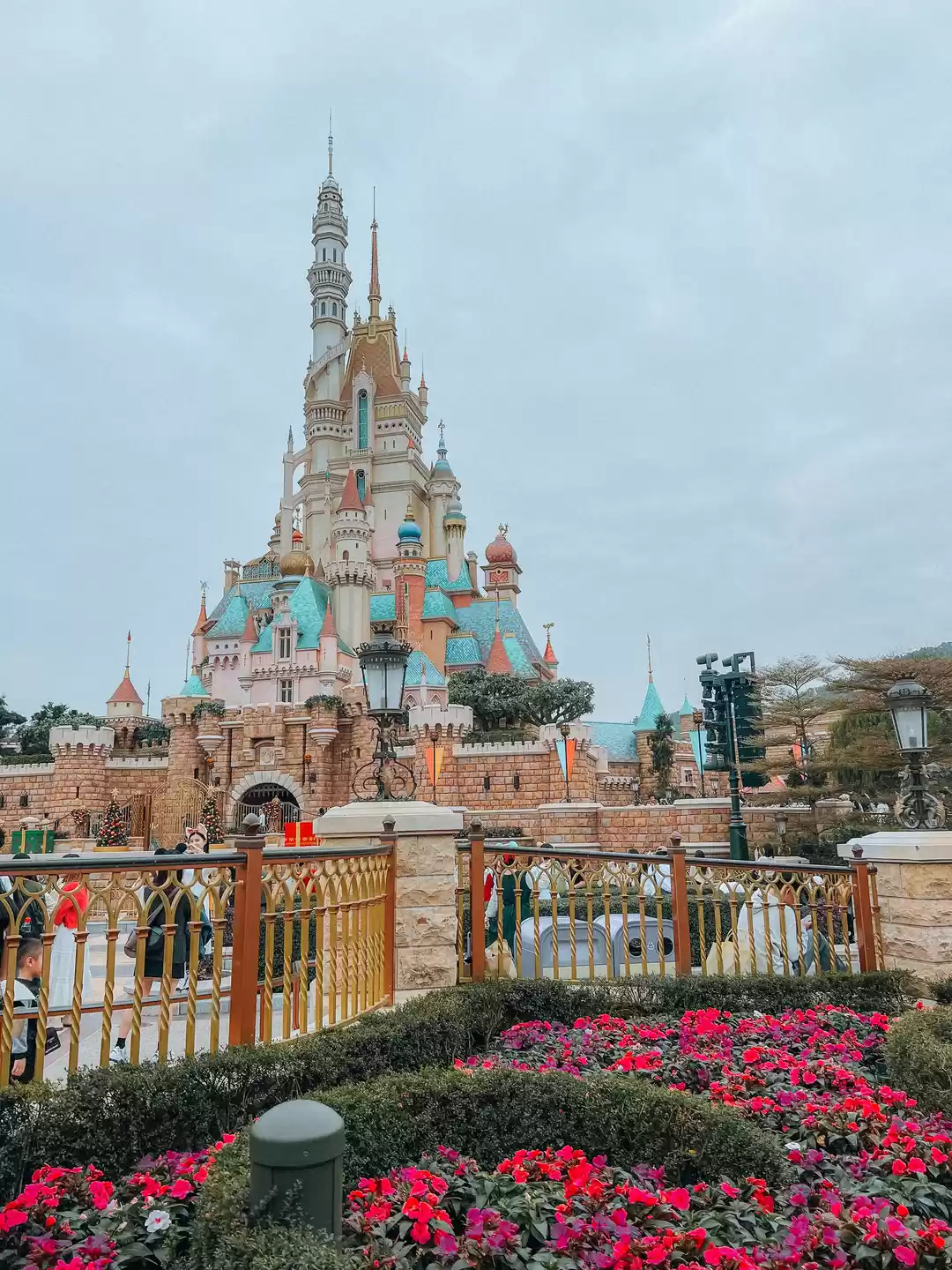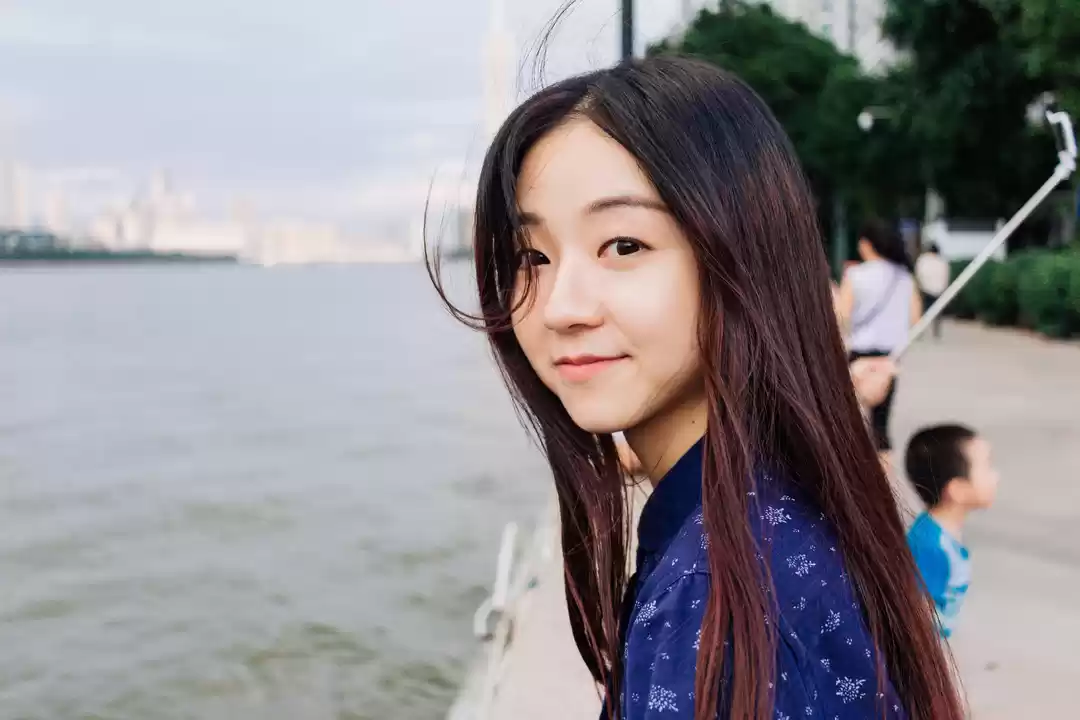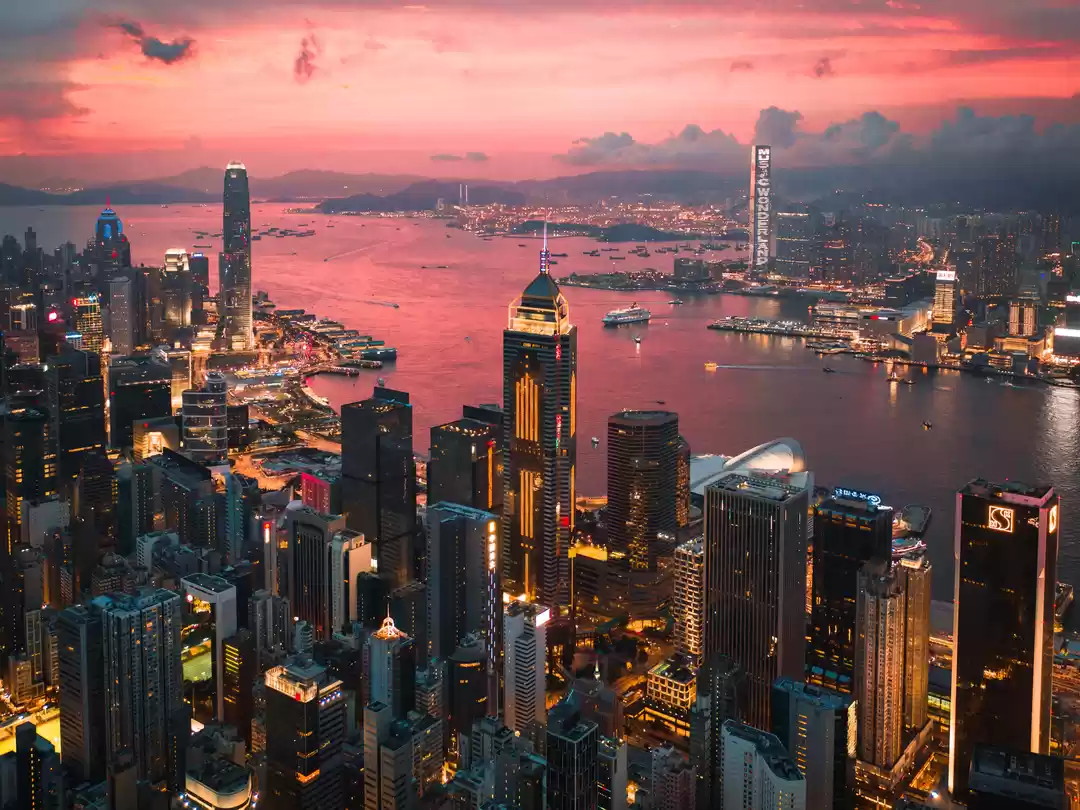The Hong Kong Museum of Art is a treasure trove of art and culture that showcases the diversity and dynamism of Hong Kong’s identity. Located on the waterfront of Tsim Sha Tsui, the museum is a landmark of the city’s cultural landscape, housing over 17,000 artworks that span from ancient to contemporary times. Whether you are an art lover, a history buff, or a curious traveller, you will find something to inspire and delight you at the Hong Kong Museum of Art.
In this article, we will give you an overview of the museum’s collections, exhibitions, events, and admission, and help you plan your visit to this amazing destination. You will also find some tips and suggestions for making the most of your experience, as well as some information on the nearby attractions and accommodations. Read on to find out why the Hong Kong Museum of Art is a must-see for anyone visiting the city.
Collections
The Hong Kong Museum of Art boasts four main categories of collections, each representing a different aspect of Hong Kong’s artistic heritage and expression. They are:
Chinese Antiquities: This collection features over 5,000 pieces of Chinese art, dating from the Neolithic period to the Qing dynasty. You will find exquisite examples of bronze, jade, ceramics, lacquer, and other materials, showcasing the craftsmanship and aesthetics of different dynasties and regions. Some of the highlights include the bronze ritual vessels from the Shang and Zhou dynasties, the blue and white porcelain from the Ming and Qing dynasties, and the bamboo carvings from the late Qing dynasty.
Chinese Painting and Calligraphy: This collection displays over 2,000 works of Chinese painting and calligraphy, ranging from the Tang to the Qing dynasties, as well as the modern and contemporary periods. You will admire the masterpieces of renowned artists such as Zhang Daqian, Qi Baishi, Wu Guanzhong, and Lui Shou-kwan, as well as the works of local artists who contributed to the development of Hong Kong’s art scene. Some of the highlights include the ink paintings of Wu Guanzhong, the landscape paintings of Huang Binhong, and the seal carvings of He Xiangning.
Modern and Contemporary Art: This collection showcases over 5,000 works of modern and contemporary art, covering various genres and media, such as oil painting, sculpture, installation, video, and photography. You will witness the creativity and diversity of Hong Kong’s artists, as well as their interactions and dialogues with the global art world. Some of the highlights include the sculptures of Ju Ming, the mixed media works of Hon Chi-fun, and the photographs of Ho Fan.
Historical Pictures: This collection presents over 3,000 historical pictures, depicting the scenes and people of Hong Kong from the 19th century to the present day. You will see how Hong Kong transformed from a fishing village to a cosmopolitan city, through the lenses of local and foreign photographers, painters, and illustrators. Some of the highlights include the panoramas of William Pryor Floyd, the watercolours of George Chinnery, and the sketches of Henry Chalfant.
Exhibitions
The Hong Kong Museum of Art regularly hosts and organizes various exhibitions, featuring both its own collections and the works of other museums and institutions. These exhibitions aim to enrich the public’s understanding and appreciation of art, as well as to promote cultural exchange and dialogue. Some of the current and upcoming exhibitions are:
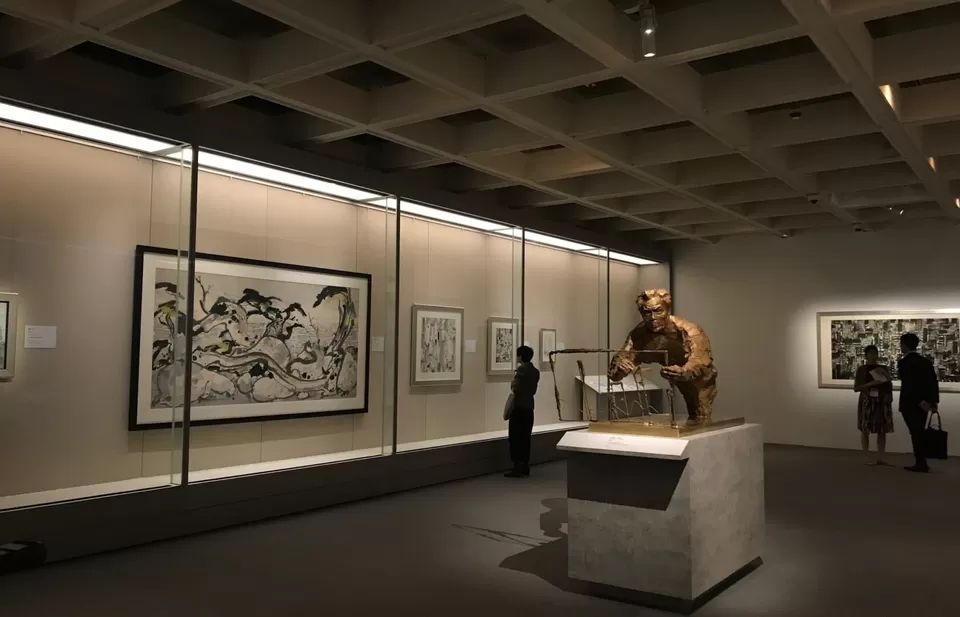
Thematic Exhibitions: These exhibitions focus on a specific theme or topic, such as the history, culture, or identity of Hong Kong, or the artistic trends and movements of different periods and regions. For example, the exhibition “Hong Kong Experience ‧ Hong Kong Experiment” explores the evolution and innovation of Hong Kong’s art from the 1960s to the present day, through the works of over 120 artists.
Special Exhibitions: These exhibitions feature the works of individual artists or groups, who have made significant contributions or impacts to the art world. For example, the exhibition “Wu Guanzhong: Expressions of Pen & Palette” showcases the life and works of Wu Guanzhong, one of the most influential Chinese painters of the 20th century, who blended the traditions of Chinese and Western art.
Collaborative Exhibitions: These exhibitions are the result of collaborations between the Hong Kong Museum of Art and other museums and institutions, both local and international. They aim to introduce the works and cultures of different countries and regions, as well as to foster mutual understanding and appreciation. For example, the exhibition “A Sense of Place: from Turner to Hockney” presents the works of British artists from the Tate collection, who captured the landscapes and atmospheres of their homeland.
Events
The Hong Kong Museum of Art also offers a variety of events and activities for the public, catering to different interests and ages. These events and activities include:
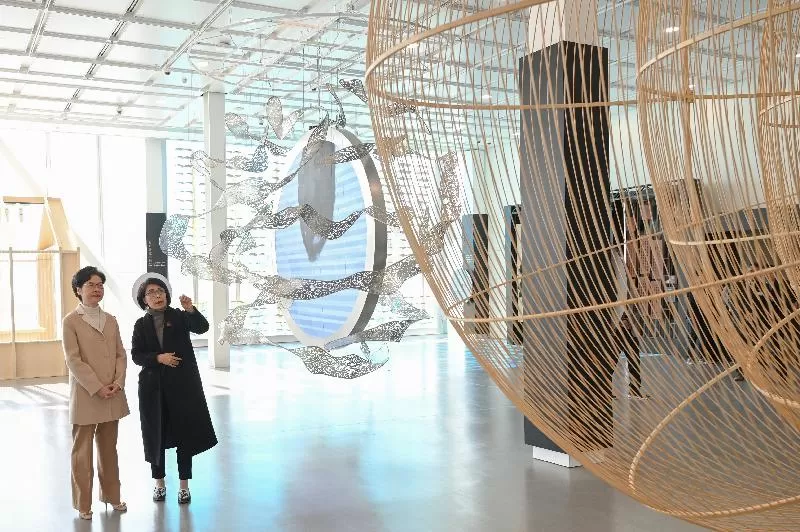
Guided Tours: The museum provides guided tours for visitors who want to learn more about the collections and exhibitions, as well as the history and architecture of the museum. The guided tours are conducted by docents or curators, who will share their insights and stories with the visitors. The guided tours are available in different languages, such as Cantonese, Mandarin, English, and French, and require advance booking.
Workshops: The museum organizes workshops for visitors who want to experience and practice art, as well as to develop their creativity and skills. The workshops are led by artists or instructors, who will teach the visitors the techniques and concepts of different art forms, such as painting, calligraphy, pottery, and photography. The workshops are suitable for different levels, from beginners to advanced, and require advance booking.
Lectures: The museum hosts lectures for visitors who want to deepen their knowledge and appreciation of art, as well as to engage in discussions and debates. The lectures are delivered by experts or scholars, who will introduce the topics and issues of various aspects of art, such as history, theory, criticism, and appreciation. The lectures are open to the public, and some of them are recorded and uploaded to the museum’s website.
Performances: The museum arranges performances for visitors who want to enjoy and appreciate art in different forms and expressions, such as music, dance, drama, and poetry. The performances are performed by artists or groups, who will showcase their talents and styles, as well as their interpretations and inspirations of art. The performances are held in different venues, such as the auditorium, the lobby, or the outdoor plaza.
Admission
The Hong Kong Museum of Art is open to the public from 10:00 am to 6:00 pm on Mondays, Wednesdays, Thursdays, and Fridays, and from 10:00 am to 8:00 pm on Saturdays, Sundays, and public holidays. The museum is closed on Tuesdays, except on public holidays. The admission fees are as follows:
General Admission: The general admission fee is HK$30 for adults, HK$15 for students, seniors, and people with disabilities, and free for children under 4 years old. The general admission ticket allows access to all the collections and exhibitions, except for some special or collaborative exhibitions that may require an additional fee.
Discounts: The museum offers discounts for groups of 20 or more, as well as for holders of certain cards or memberships, such as the Museum Pass, the Hong Kong Public Libraries card, or the Hong Kong Art School card. The discounted admission fee is HK$15 for adults, and HK$7.5 for students, seniors, and people with disabilities.
Free Admission Days: The museum offers free admission for all visitors on the first Wednesday of every month, as well as on some special occasions, such as the International Museum Day, the Hong Kong Culture Day, or the Hong Kong Arts Festival.
Tips and Suggestions
To make the most of your visit to the Hong Kong Museum of Art, here are some tips and suggestions for you:
Plan Ahead:
Before you visit the museum, you can check the museum’s website for the latest information on the collections, exhibitions, events, and admission. You can also download the museum’s app, which provides interactive guides, audio tours, and maps for the museum. You can also book your tickets, tours, workshops, and lectures online, to avoid queues and secure your seats.
Best Time to Visit:
The museum is usually less crowded on weekdays, especially in the mornings and afternoons. You can also avoid the peak hours on weekends and holidays, by visiting the museum in the evenings, when the museum extends its opening hours to 8:00 pm. You can also enjoy the stunning views of the Victoria Harbour and the Hong Kong skyline from the museum’s windows and terrace.
Accessibility and Facilities:
The museum is accessible by public transport, such as the MTR, buses, ferries, and taxis. The museum is also wheelchair-friendly, with ramps, lifts, and accessible toilets. The museum also provides facilities such as lockers, cloakrooms, baby care rooms, and water dispensers. The museum also has a gift shop, a café, and a restaurant, where you can buy souvenirs, snacks, and meals.
Nearby Attractions and Accommodations
The Hong Kong Museum of Art is located in The Hong Kong Museum of Art is located in one of the most vibrant and cultural areas of Hong Kong, Tsim Sha Tsui. There are many other attractions and accommodations nearby that you can explore and enjoy, such as:
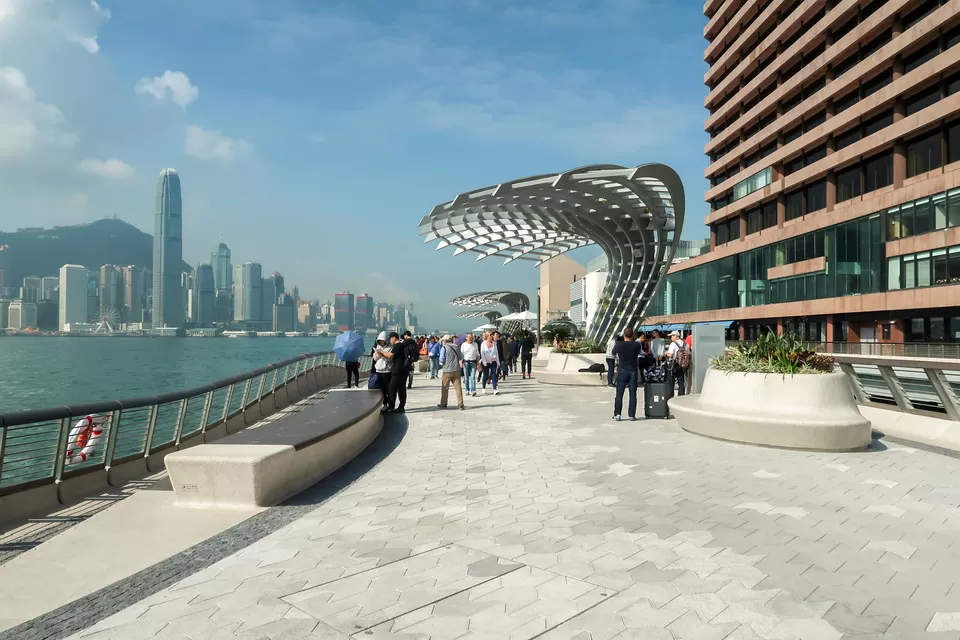
Avenue of Stars:
This is a promenade along the Victoria Harbour, where you can see the handprints and statues of Hong Kong’s film stars, such as Bruce Lee, Jackie Chan, and Chow Yun-fat. You can also watch the Symphony of Lights, a spectacular light and sound show that illuminates the skyline every night at 8:00 pm.
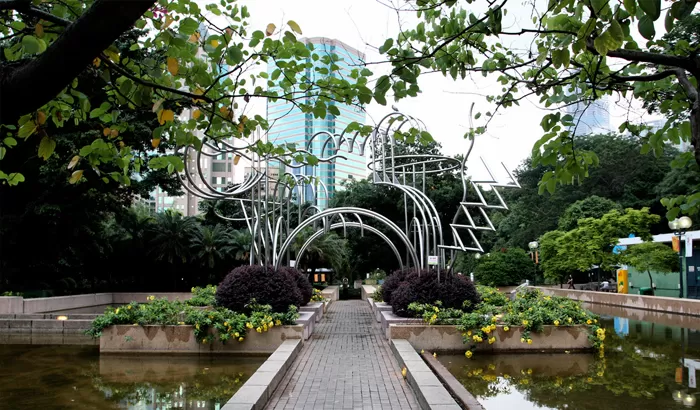
Kowloon Park:
This is a large and green oasis in the heart of the city, where you can relax and enjoy nature. You can also visit the Hong Kong Heritage Discovery Centre, the Kowloon Mosque, the Sculpture Walk, and the Bird Lake, among other attractions.
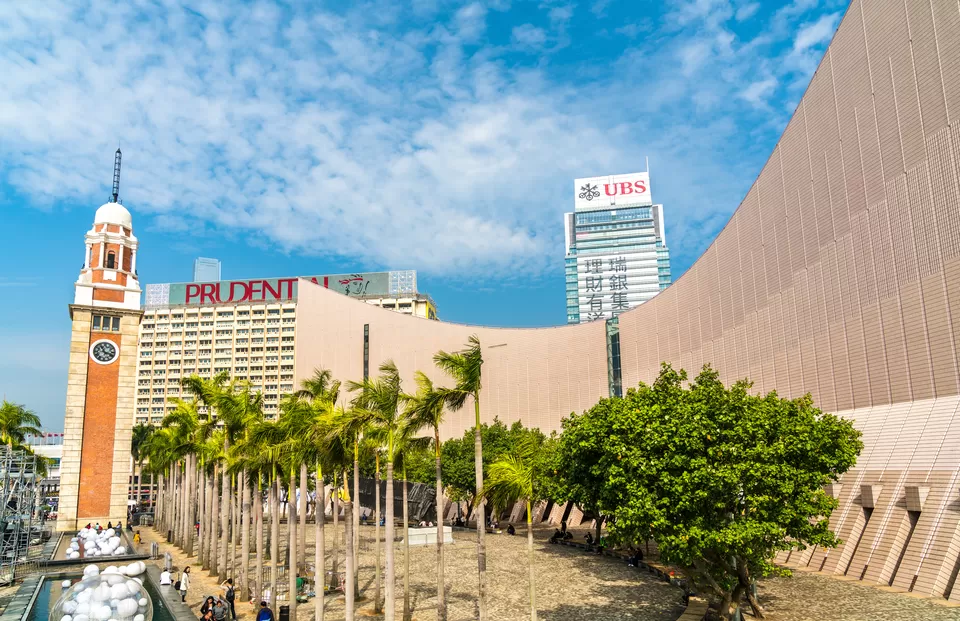
Hong Kong Cultural Centre:
This is a multipurpose venue that hosts various cultural events and performances, such as concerts, operas, ballets, and musicals. You can also admire the architecture and design of the building, which resembles a giant spaceship.
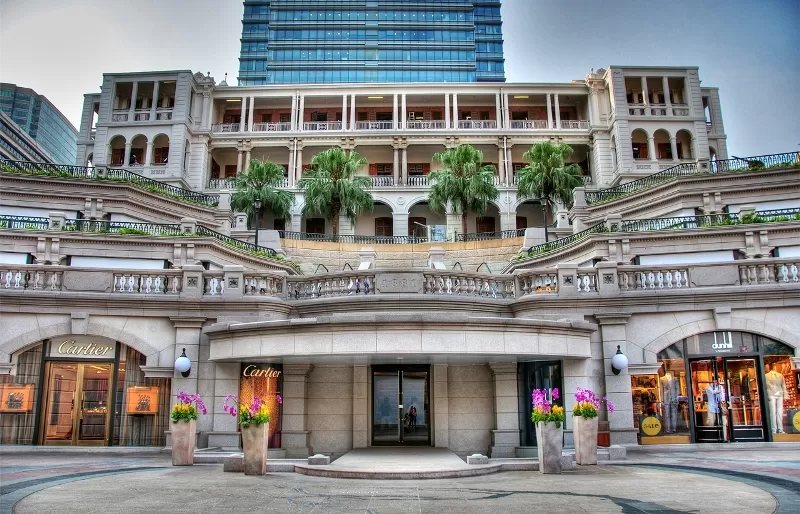
1881 Heritage:
This is a historical and cultural complex that was formerly the headquarters of the Hong Kong Marine Police. You can learn about the history and stories of the site, as well as shop, dine, and stay at the luxury boutiques, restaurants, and hotels.
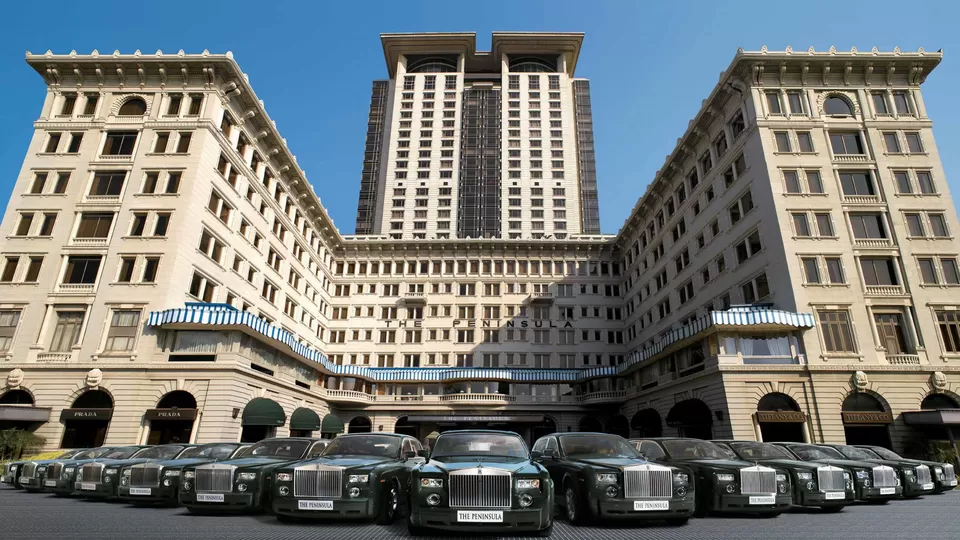
The Peninsula Hong Kong:
This is one of the most iconic and luxurious hotels in Hong Kong, known for its colonial elegance and impeccable service. You can experience the legendary afternoon tea at the lobby, the fine dining at the restaurants, the spa and wellness at the facilities, and the stunning views from the rooms and suites.
The Hong Kong Museum of Art is a wonderful destination for anyone who loves art and culture. It offers a rich and diverse collection of artworks that reflect the history and identity of Hong Kong, as well as a variety of exhibitions and events that showcase the creativity and talent of local and international artists. Whether you want to admire the ancient and modern masterpieces, learn more about the artistic trends and movements, or experience and practice art yourself, you will find something to suit your interests and preferences at the Hong Kong Museum of Art.
If you are planning to visit the museum, don’t forget to check out the nearby attractions and accommodations, such as the Avenue of Stars, the Kowloon Park, the Hong Kong Cultural Centre, the 1881 Heritage, and the Peninsula Hong Kong. You will be amazed by the contrast and harmony of the city’s cultural landscape, as well as the stunning views of the harbour and the skyline.
We hope you enjoyed this article and found it helpful and informative. If you have any questions or feedback, please feel free to leave a comment below. And if you are looking for more travel tips and guides, don’t forget to visit our website and follow us on social media. Thank you for reading and happy travels!

